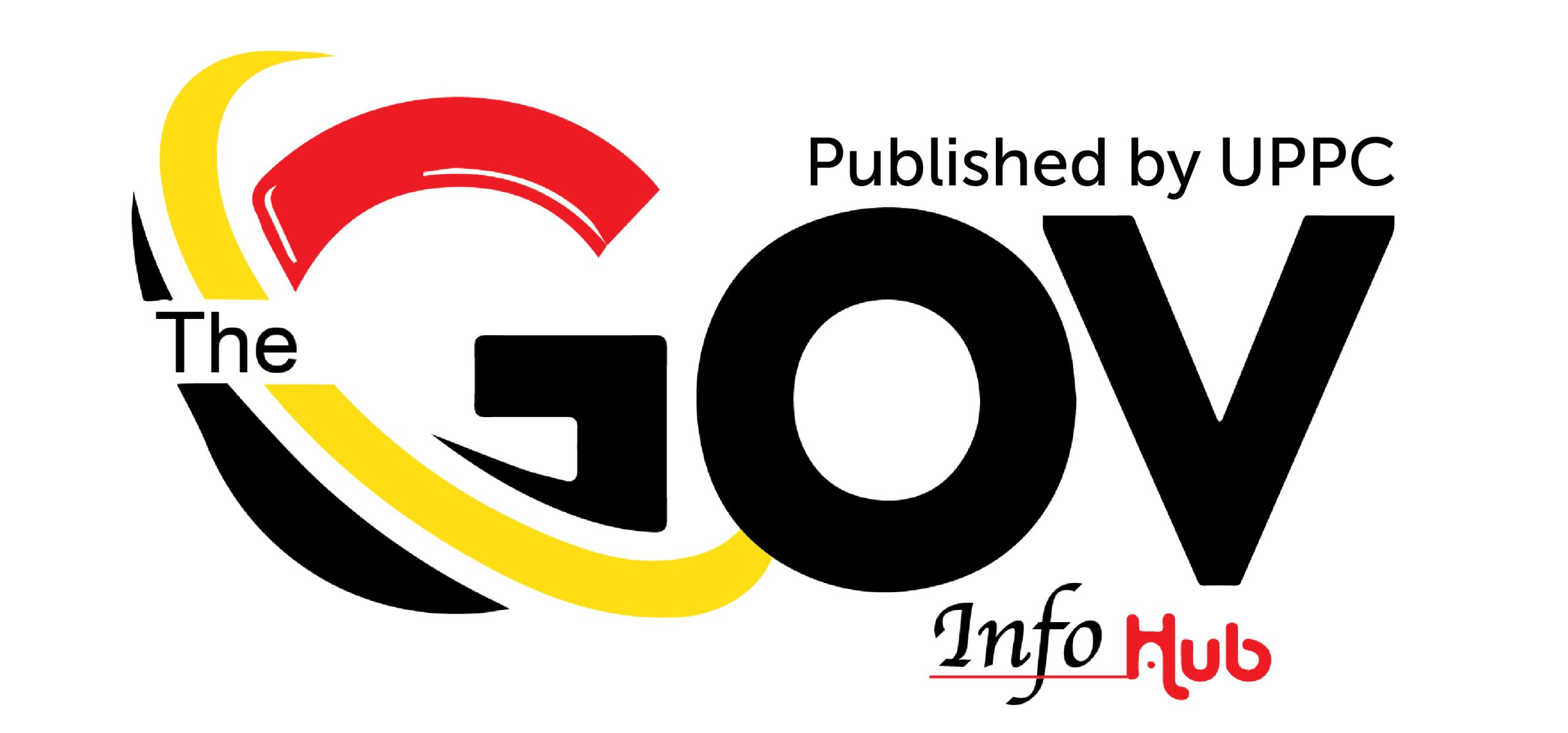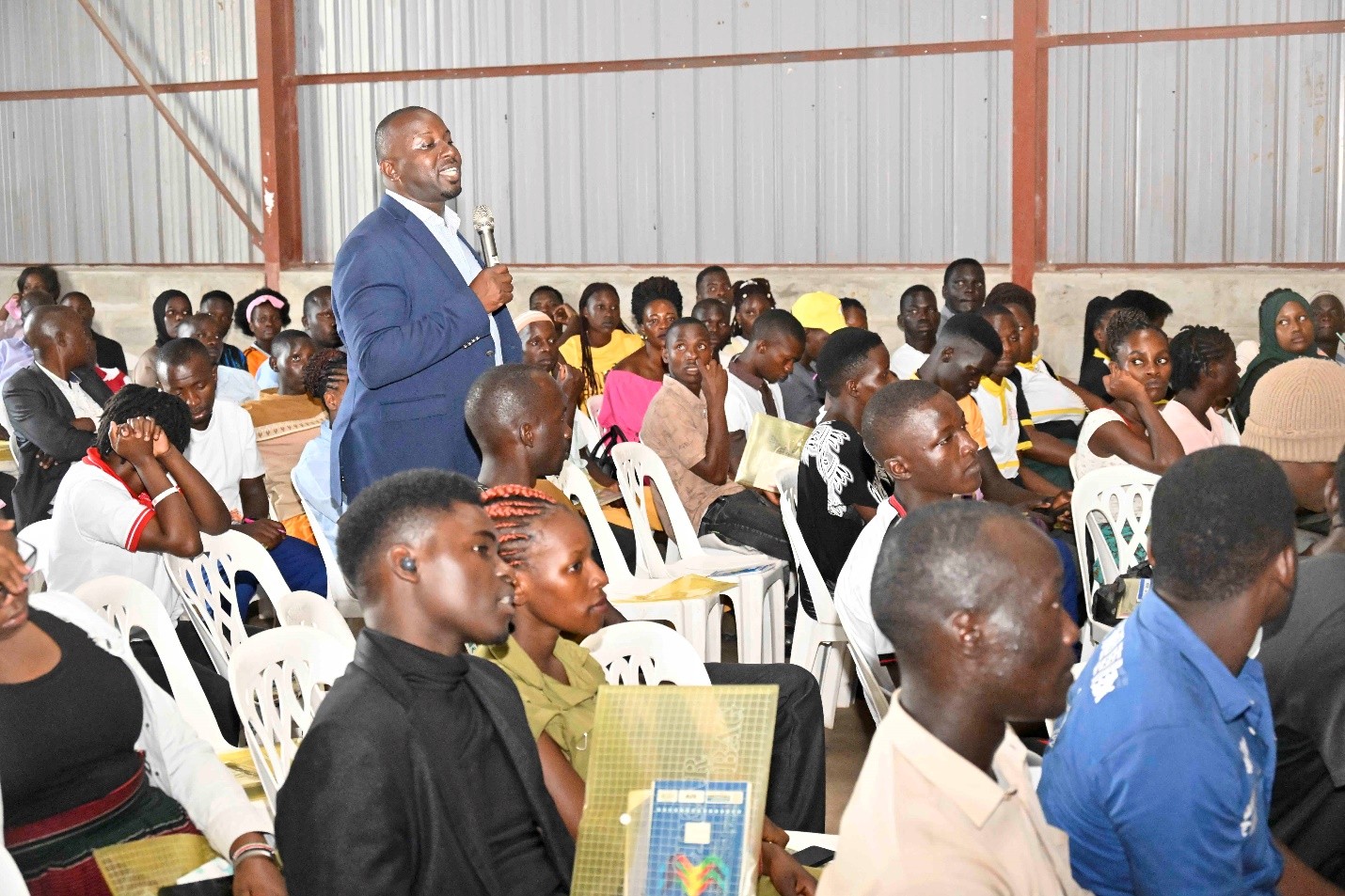By: Boy Fidel Leon
You can lead a horse to water, but you can’t make it drink, unless, that is, you give it something useful to hold in its hands. Uganda is betting on a different kind of education altogether, one measured not in diplomas but in the ability to weld, to sew, to build.
On Monday at the Mengo Zonal Presidential Industrial Skilling Hub in Kayunga District, State House officials gathered with hundreds of young people who had just completed six months of free technical training. The occasion wasn’t ceremonial. It was transactional.
President Yoweri Museveni had just funnelled 8.8 billion Ugandan shillings into district SACCOs, savings and credit cooperatives, to put capital directly into the hands of graduates.
Each SACCO received 50 million shillings. The maths is simple. Train young people in skills that matter, give them the money to start something, and watch unemployment shrink.
Eng. Raymond Kamugisha, the Director of Presidential Projects and Industrial Hubs, laid it out plainly to the trainees.
“This is an announcement to all the students who trained in these hubs: you are going to get cash. The President has already disbursed Shs8.8 billion to you,” he said.
The scheme operates across 19 hubs nationwide, spanning 176 administrative units. Those trained in welding or basic trades get 1.5 million shillings as loans. Those in advanced courses like shoemaking, trades requiring machinery, receive double allocations, pairing graduates to work together and share both risk and investment.
It’s a gamble with clear stakes. The money comes at low interest, about 6 percent annually, with a one-year grace period before repayment begins.
But there’s also a warning woven through every official’s remarks: this isn’t a handout. It’s leverage. Mismanage it, and the law follows.
“The President has entrusted you with these funds to uplift yourselves,” Golooba Lwanga, Manager of Financial Inclusion at the Ministry of Finance, told the gathered leaders. “If you fail to pay it back and all recovery efforts fail, you will be liable to face the law.”
What makes this approach notable is what it’s not doing. It’s not pushing another wave of school-leavers toward universities already saturated with graduates. It’s not waiting for corporations to solve unemployment. Instead, it’s trying to bypass the bottleneck entirely. By identifying young people who’ve fallen out of the traditional system and equipping them with trades that generate income immediately.
The evidence, thin as it is at this stage, comes from the voices of those who’ve already made it work.
Sebalamu Isaac dropped into welding and now runs his own workshop in Munyonyo, employing others from his community. Akankwasa Brian Bruno never finished secondary school, but after six months at the hub, he’s clearing 20,000 shillings daily from his welding business, enough to employ two people.
“I was a senior six dropouts without any hopes of ever going back to school,” Bruno said, “but my aunt informed me of the training hubs where I applied and got a chance.”
The government isn’t stopping here. Officials promised a second phase, one designed to separate the performers from the stragglers. Those thriving in phase one get additional capital. Others face scrutiny.
It’s an ambitious wager. That a nation drowning in youth unemployment doesn’t need more degrees. It needs hands trained to work, pockets with cash, and accountability structures to ensure the money doesn’t vanish into corruption or negligence.
Whether our government can pull it off depends less on policy than on execution, on whether SACCOs operate with real discipline, whether young entrepreneurs stay focused on their businesses, and whether the government follows through on its promises of monitoring and support.
For now, in Kayunga and across 18 other hubs, young people are holding their breath and their loan documents, betting their futures on skills instead of credentials. And that’s okay.


